Aquaculture in Northeast China
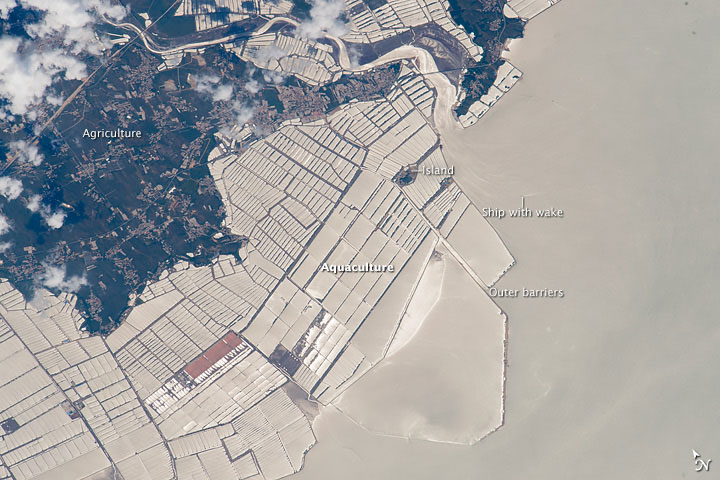
The aquaculture basins have been built out from the wooded coast to a distance of nearly 6 kilometers (4 miles). Fish farms have been constructed at many points along the provincial coastline, but this group of basins facing the Yellow Sea is the largest.
Plaguing Paradise
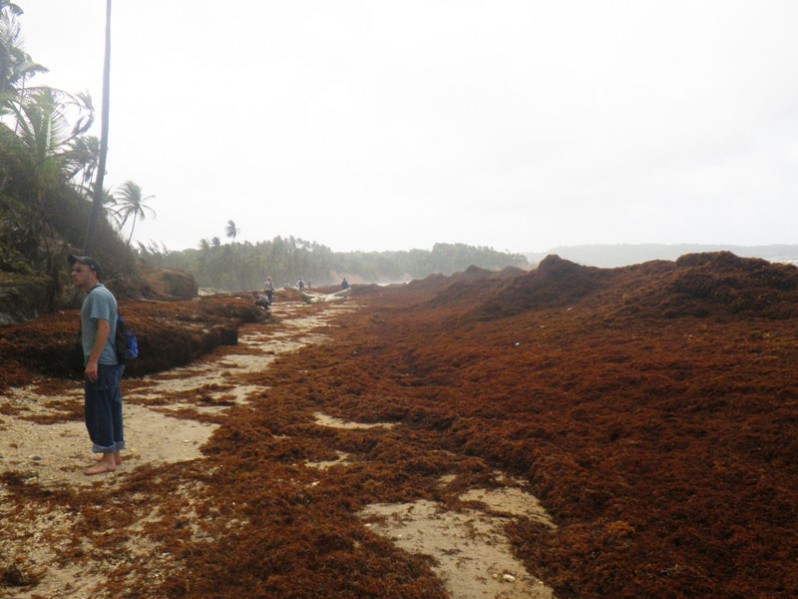
Smelly piles of seaweed are ruining holidays. Globs of sargassum seaweed have landed on Caribbean beaches this year, forming piles that are sometimes metres deep.
Staying Safe in Sandy Beaches
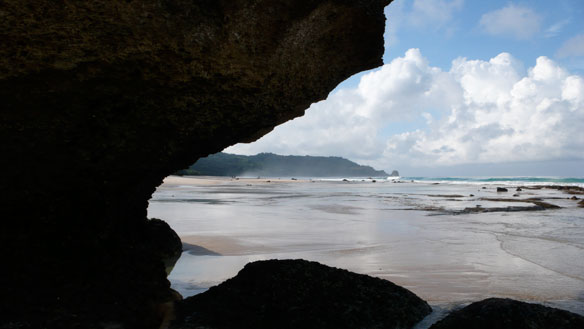
Beach sand contains all kinds of microorganisms, including those that can harm human health. Now, an international panel of scientists is recommending monitoring the sand at recreational beaches, to minimize health risks for beachgoers.
Blooming Baltic Sea
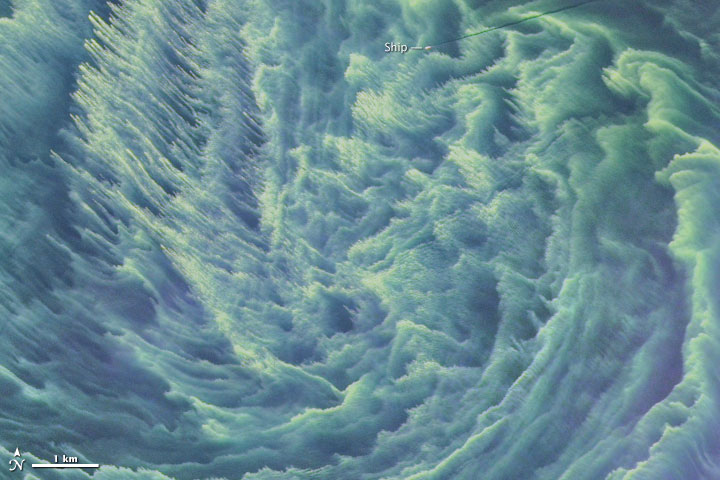
Agricultural and industrial run-off from European countries bordering the Baltic Sea also contributes excess nutrients. Nutrient loads to the Baltic have been decreasing since 1980 and coastal areas have seen improvement. Concentrations in the open sea, however, have not changed much.
More Beaches Closed Due To Pollution
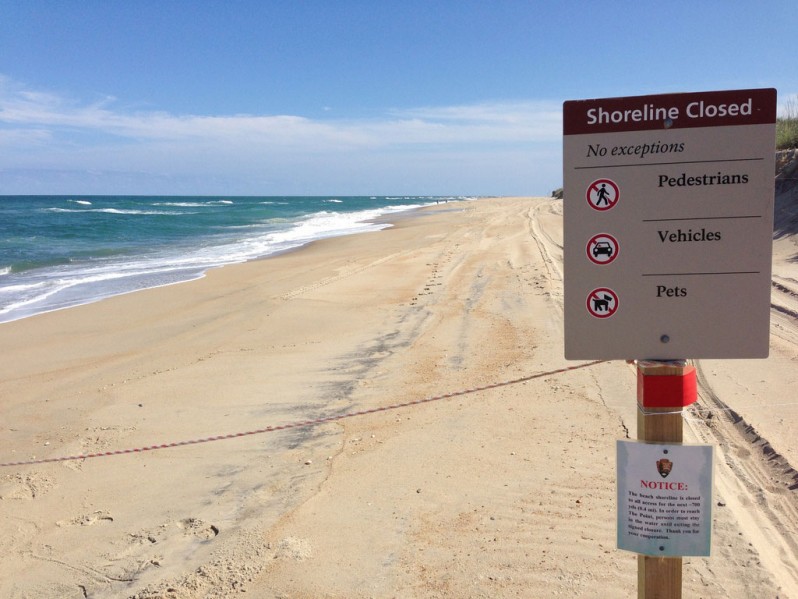
A newly released annual report by the Natural Resources Defense Council shows that beach closings due to bacterial contamination reached unusually high numbers last year for the second year in a row.
Stinking Mats of Seaweed Piling up on Caribbean Beaches

The picture-perfect beaches and turquoise waters that people expect on their visits to the Caribbean are increasingly being fouled by mats of decaying seaweed that attract biting sand fleas and smell like rotten eggs.
Derelict Boats Are Subject of Survey
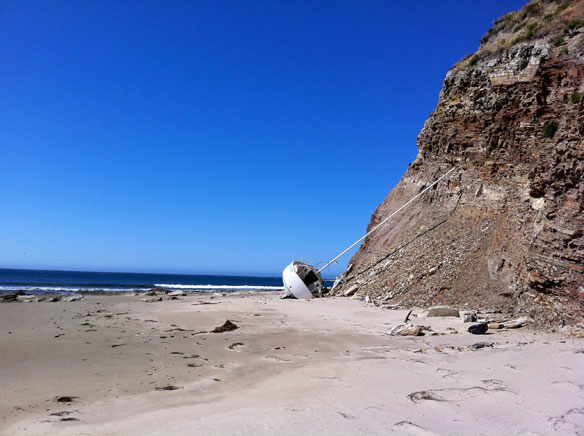
Abandoned and derelict boats dot waterways and marshes all along the N.C. coast, in some cases creating hazards to navigation and other safety or environmental problems, but aside from a handful of local regulations in various communities little has been done to address the problem.
2015 Gulf of Mexico Dead Zone Above Average
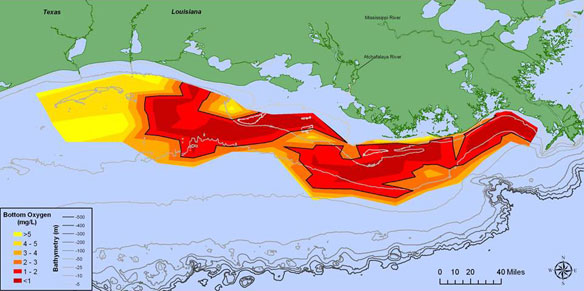
Scientists have found this year’s Gulf of Mexico dead zone — an area of low to no oxygen that can kill fish and marine life — is, at 6,474 square miles, above average in size and larger than forecast by NOAA in June.
The Wild Alaskan Lands at Stake If the Pebble Mine Moves Ahead
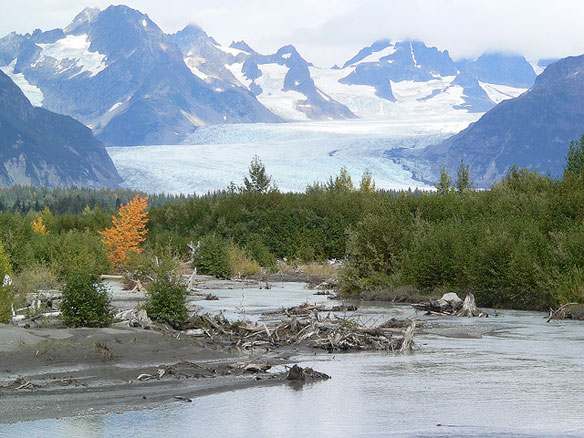
The proposed Pebble Mine in southwestern Alaska is a project of almost unfathomable scale. The mine would cover 28 square miles and require the construction of the world’s largest earthen dam — 700 feet high and several miles long — to hold back a 10-square-mile containment pond filled with up to 2.5 billion tons of sulfide-laden mine waste.
